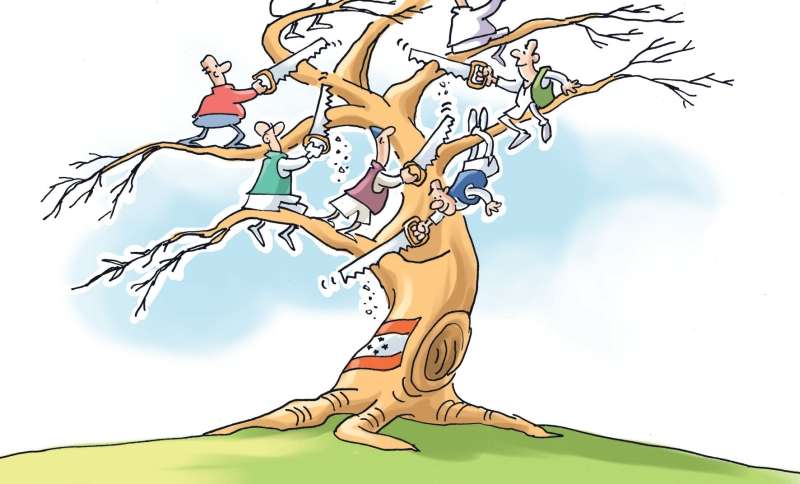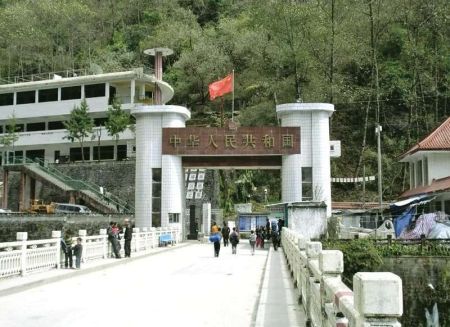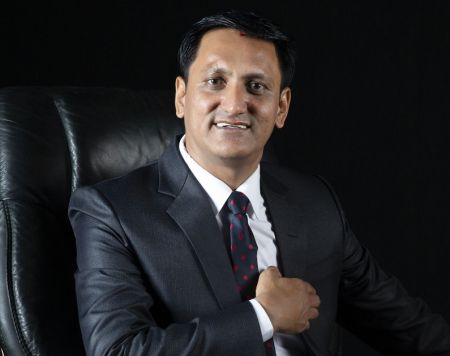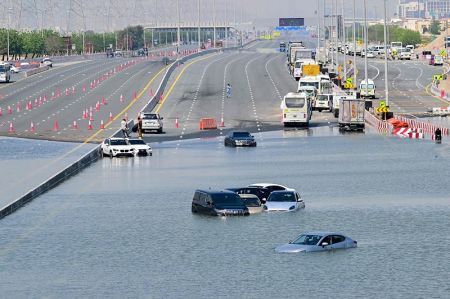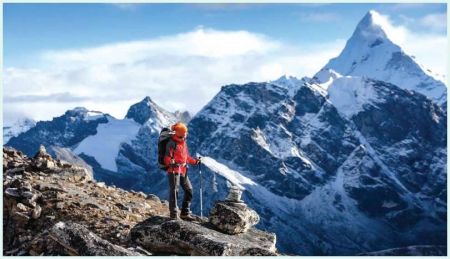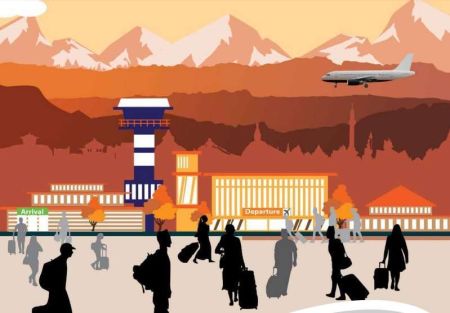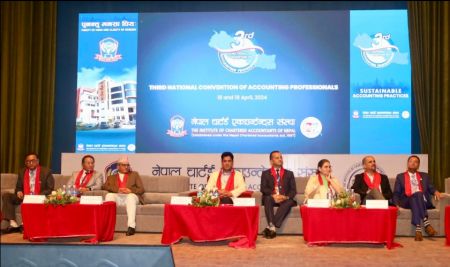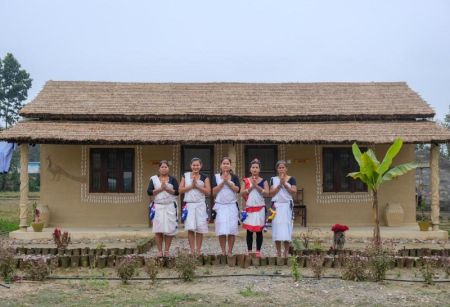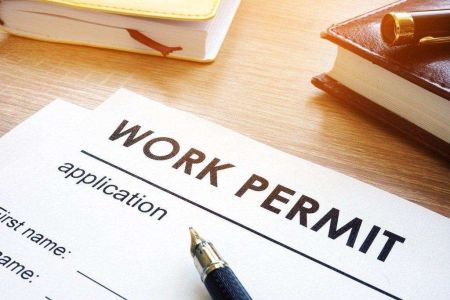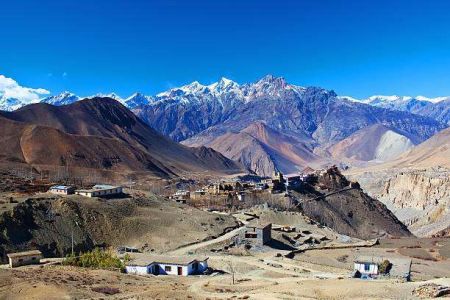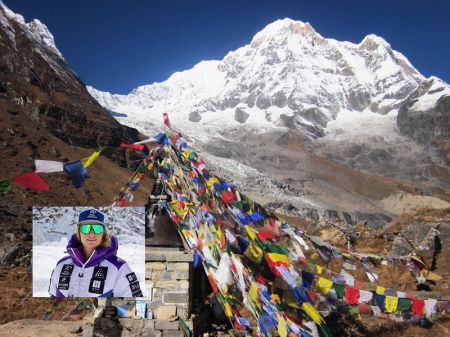Though the Nepali Congress is in a miserable state today, the party's top brass is engaged in a blame game instead of mulling over ways for the party's revival.
--BY SHANT SHARMA
Nepal's oldest democratic party, the Nepali Congress (NC), is in a deep crisis today, to say the least. Having suffered the worst electoral defeat in its nearly seven-decade long political history, the grand old party has descended to an all time low. Though the NC is in such a miserable state, the top leaders of the party are engaged in a blame game, blaming each other for its dismal performance in the three tiers of elections held last year, instead of mulling over ways for the party's revival. The internal disputes in the party have been so intense that the NC could hold its election review meeting only four months after the provincial and parliamentary polls, the last of the three tier elections.
Contrary to the ground assessments of many, and the belief of its own cadres, Congress blamed the election debacle on the left alliance forged between the then CPN-UML and the CPN (Maoist Centre), the two largest communist parties in the country. This obviously didn't go down well with people who are concerned about the future of the grand old party. Two questions that certainly need to be pondered upon are: What took the NC so long to even hold a performance assessment meeting? And, was the formation of the left alliance really the major reason behind NC's loss?
Though the formation of left alliance is considered a major reason behind NC's electoral debacle, it is, however, not the only reason for the party's poor show in the polls. There was not a significant slide in NC's share of votes in the proportional system, but the party's humiliating defeat in the First-Past-The-Post system was due to both national developments and internal factors.
National Dynamics
NC's ally in the last government, the then Maoist Centre cobbled an electoral alliance with the then CPN-UML. They also announced their intention to merge into one communist party post-election for the sake of political stability in the country. These, and at the same time, NC’s failure to form a formidable ‘democratic’ counter-alliance led to NC's poor performance in the elections. Another big reason behind NC's defeat was its failure to take a clear stand on the Indian economic blockade of 2015. In fact, the party could not muster courage to call the blockade a blockade!
KP Oli’s rise to the role of Prime Minister after the promulgation of the constitution and during the protests in the Tarai in 2015 earned him the reputation of being a ‘nationalist’ leader. Oli’s nationalist image was further emboldened when he didn’t bow to the Indian pressure to amend the constitution. NC until then was not unpopular among the people. However, NC’s popularity took a nosedive when it subsequently initiated a move to ally with the then Maoist Centre to topple the Oli government in 2016. Even though the then Maoist Center's chairman Pushpa Kamal Dahal led the next government, NC was blamed for playing at India’s behest in toppling the Oli government.
Internal Factors
NC has for a long time now been a party which has not been able to manage its internal conflicts. In the name of various factions there are too many power centres not only in the main party but also in its sister organisations. It looks like a case of too many stakeholders within the party trying to influence the main leadership in their favour. This was particularly evident while allocating tickets for electoral candidates in the recently held elections. Thus, tickets were given to those who were hardly connected to the voter base but who were able to take the leaders of their own faction into confidence. The problem was further aggravated by the misallocation of election funds.
Even when the election process was under full sway, the party had not been able to organise and mobilise its structures at the local level. The local structure, if used better, could have campaigned vigorously in the party’s favour. The party’s top leadership, in their campaign speeches, made statements that showed less of their agenda and more of how ill-prepared they were for campaigning. The leaders claimed that NC was the party that has always championed the democratic cause, but their statements during the election did not carry the historical weight they proclaimed.
NC’s party structure at the local level is still functioning in an ad hoc manner. The fact that crucial posts in its central committee, such as the vice president and general secretaries, were nominated only after two and a half years of the completion of its national convention shows that the party lacks seriousness in addressing the nation’s issues. Even today, the top leaders of the party are engaged in intra-party fighting, trying to demean and undermine each other, instead of joining hands for the sake of the party's revival. Some analysts have gone to the extent of saying that the party was saved from a split by the recent left merger.
Nepal Communist Party
Finally the two communist parties – CPN (UML) and CPN-Maoist Centre - have been unified forming a powerful Nepal Communist Party (NCP underlined), as promised before the elections. It is called 'underlined' because the application filed at the Election Commission has the name underlined as there already exists another party named Nepal Communist Party. NCP (underlined) has become the third largest communist party in Asia after those in China and Vietnam. The unification of the two parties is a logical conclusion of the efforts that began right after the Dashain festival last year when the two parties had entered an electoral alliance for provincial and federal elections and unveiled a merger plan.
They had gone to the polls with the agenda of political stability for development and prosperity of the country and the electorate approved their agenda giving them a clear majority in the elections. After the unification, the NCP (underlined) commands almost two-thirds majority at the central level while it holds sway in six of the seven provinces, except Province 2, and most local levels.
Similarly, the party has its representatives elected to the top seven state posts including President Bidya Bhandari, Vice-president Nanda Bahadur Pun, Prime Minister KP Oli, Speaker Krishna Bahadur Mahara, Natinal Assembly Chairman Ganesh Prasad Timilsena, Deputy Speaker Dr Shivamaya Tumbahamphe, and National Assembly Vice-chairperson Shashikala Dahal. Obviously, the unification is going to have a far-reaching impact on the course of Nepali politics.
The general public seems optimistic as they expect the unified political party and its government to take concrete steps for the transformation of the country. The unification is indeed a good step taken by the left parties for the advancement of the country; Nepal does hold good potential for development, but it has so far been lagging behind due mainly to political instability and frequent changes of government. The country is plagued with corruption and growing impunity. Now with a strong and stable government in the country, there are already good signs; the government has foiled the unwarranted protest of transport entrepreneurs giving a clear message to others that syndicate won’t be tolerated in other sectors including education, health, banking, and foreign employment, among others.


